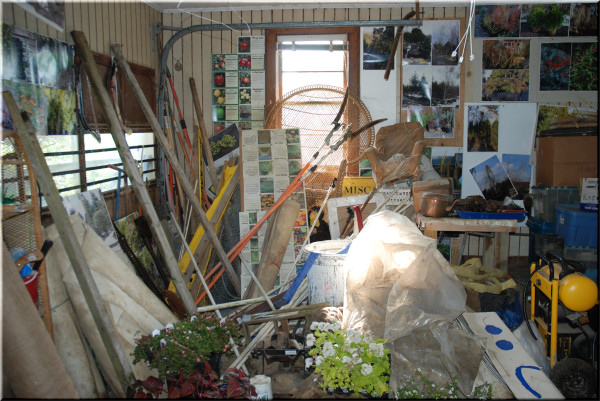Hoarding in The Elderly Community
Posted in hoarding among the elderly
“Experts say hoarders find reassurance in their collections, even though these piles of items can create dangerous living conditions for the hoarder and their neighbors.”
SelectCare is dedicated to learning new ways we can make a difference in our clients’ lives. Our most recent lesson discussed hoarding in the elderly community and was presented by our newest community partner, the New York Educational Alliance’s Project ORE a Lower East Side-based nonprofit that has served socially isolated members of the neighborhood’s Jewish community since 1987.
Project ORE’s Jack Sherratt and Eve Udesky have spent countless hours counseling their clients on how to manage their clutter, and distilled that experience into a comprehensive review of the causes behind hoarding, symptoms, and strategies to mitigate the condition.
What is hoarding?
Hoarding, according to Sherratt and Udesky, is the compulsive collection and storing of items that may or may not have any intrinsic value and an inability to discard these items. The pair reported their clients have stored everything from empty food containers and plastic bags, to rooms full of bicycle parts due to their belief that these items “may be useful someday.” Unfortunately, that day rarely comes, and as items are collected, stacked and stored, they can create a variety of safety issues, especially in small New York apartments. These hazards include:
– Limited mobility within the home, which creates a fire hazard and prevents emergency workers from providing assistance to residents.
– Stacks of items put residents at risk of falling, or being crushed underneath avalanches of stored goods.
– Lack of access to kitchen and bathroom appliances needed for daily activities.
– An inability to clean an apartment, leading to rodent, roach, and bedbug infestations that can further degrade a client’s health.
– Embarrassment about the condition of a “hoarded” house oftentimes keeps hoarders from having visitors, leading to social isolation that can compound the need to hoard for reassurance.
Ultimately, these conditions can become so severe as to impact the health and safety of neighbors and could put a hoarder’s housing at risk if a landlord moves to evict the tenant.
Why does hoarding happen?
Sherratt explained to SelectCare’s staff that while every case is different, most people who hoard tend to do so because the objects they collect offer a feeling of comfort or safety. In some instances, items will remind people of happier times or people they no longer speak with, in other cases, a hoarder will compulsively keep items out of fear that one day they will need a hanger, old newspaper, or bicycle wheel, but not have the item at hand.
Sheratt added that while there was no indication of causation, there was a high correlation between people who hoard, and older people who either lived during period of national rationing like World War II, or people who suffered emotional or physical abuse.
How to help
Until recently, hoarding was considered a subsection of obsessive compulsive disorder (OCD), however, doctors now classify the condition as a separate entity with unique characteristics.
Sherratt said the biggest difference comes from how someone perceives the problem. People with OCD and related illnesses are oftentimes aware that their actions are irrational or have a negative impact on those around them. Hoarders, Sherratt said, rarely identify their home’s condition as a problem and consider their hoarded items as a source of comfort, even if the effects of these items are preventing the person from living a normal life.
One tool ORE staff members have found particularly useful is the Clutter Image Rating Scale, a series of photos displaying living spaces with increasing amounts of clutter on a scale of one to nine. By picking the image they feel best represents their own living conditions, an ORE client can show in quantifiable terms, how aware they are of their problem and begin the long conversation that precedes a cleanup.
Project ORE’s staff is often only called to a home during a crisis, usually when a landlord or neighbor has discovered the problem and calls for the tenant’s eviction, but they have found that even in these instances, an involuntary, mass cleanup will only solve the problem in the short term. Instead, staffers like Sherratt have had the most success by showing clients how their living situation is impacting those around them and, with the client’s help, dialing back the clutter to a level that minimizes health risks and allows for easy travel within the space.
There are currently few public resources where New York hoarders can seek help and Project ORE operates exclusively within their Lower East Side catchment area, however Sherratt and Udesky maintain a list of reputable cleaning and counseling services that cover other parts of the city and said they are happy to provide any assistance they can.
SelectCare’s staff is happy to know organizations like Project ORE are tackling this serious health and safety issue and look forward to using these new resources and information in our efforts to make all the difference in our clients’ lives.
If you or a loved one might need help keeping a tidy, healthy home, do not hesitate to give the staff at SelectCare a call to arrange a free home health assessment.
Image courtesy of MorgueFile.com

